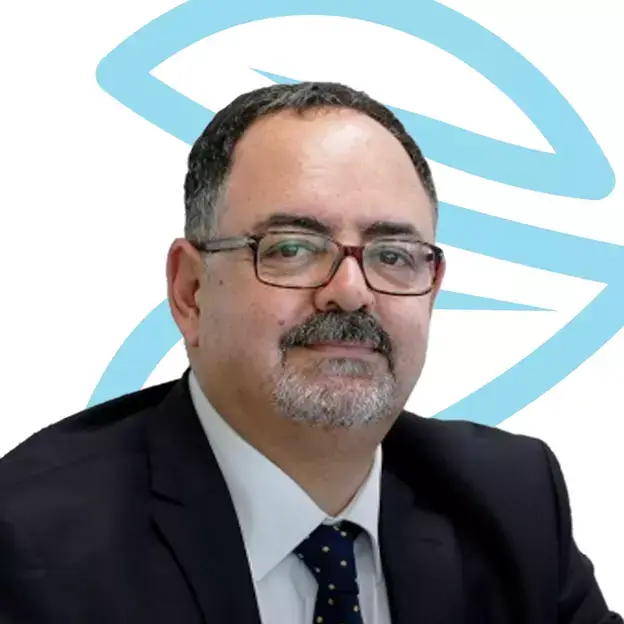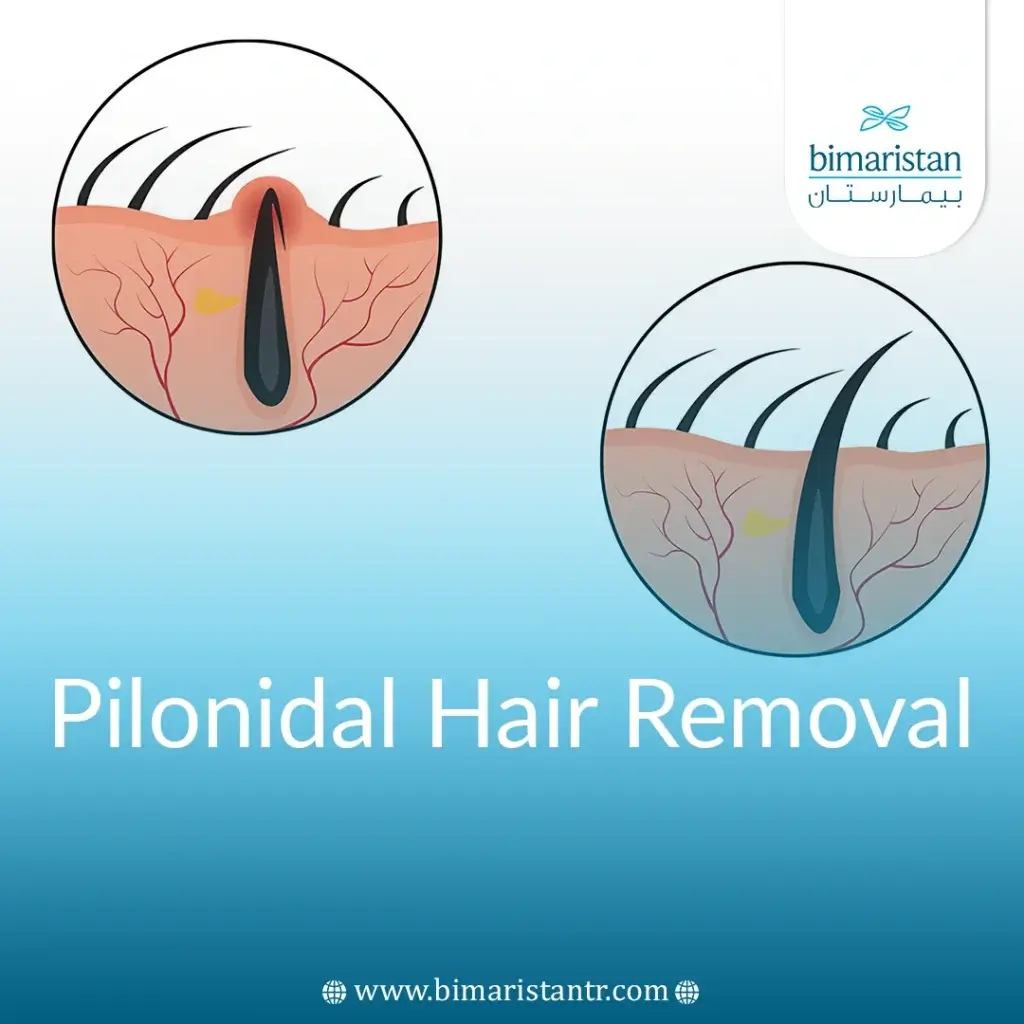A pilonidal cyst is a common problem worldwide, with an estimated occurrence rate of about 26 cases per 100,000 people, affecting men 2.2 times more than women. There are various treatment methods for pilonidal cysts, such as incision, drainage, and surgical removal, but these methods lack precision and carry a significant risk of complications and recurrences. In this article, we will learn about the method of treating a pilonidal cyst with laser, its key benefits, and recommendations for the procedure.
What is a hair cyst?
A pilonidal cyst is a small sac filled with fluid and skin debris that forms when hair grows in reverse and is trapped under the skin. This causes bumps that may be itchy. The cyst is often located in the lower back area near the tailbone and above the buttocks.
A pilonidal cyst, known as a hair sinus, typically appears in youth, especially in individuals in their twenties. Patients who develop a pilonidal cyst experience persistent pain and bloody discharge, which affects their quality of life. Like any cyst that appears in the body, it may become infected or inflamed, leading to the cyst filling with pus and turning into a hair abscess. In cases where the condition worsens, immediate medical intervention may be required to avoid more significant complications.
It is important to manage a pilonidal cyst properly, as neglect can lead to worsening symptoms and increased pain. Doctors advise patients to consult a specialist if any symptoms indicating the presence of a pilonidal cyst appear to obtain the correct diagnosis and appropriate treatment.
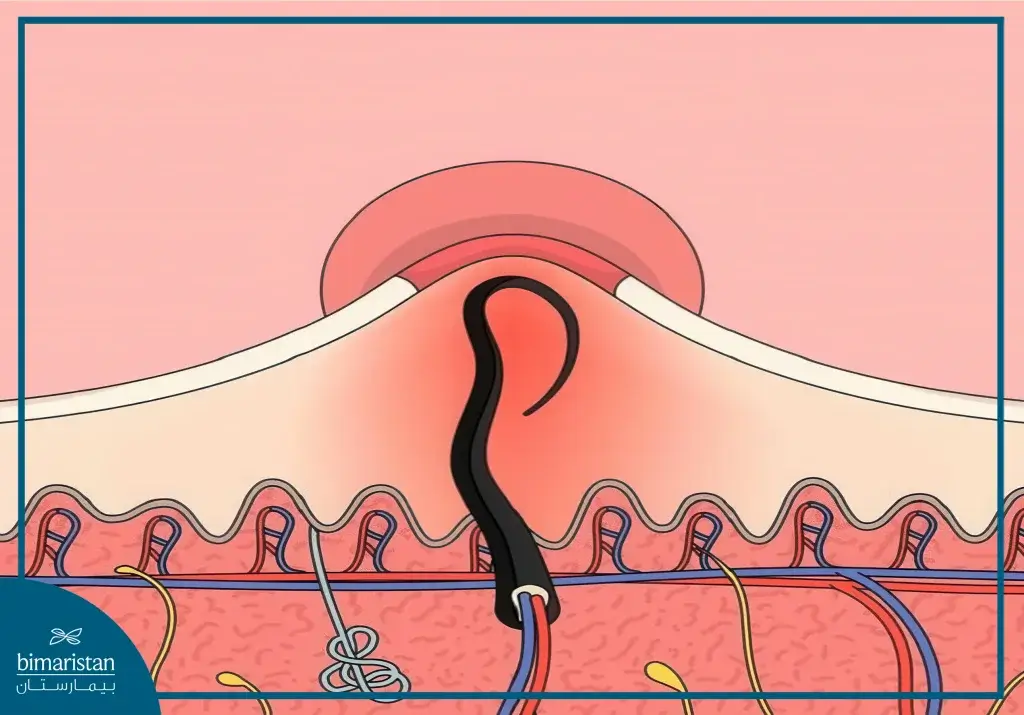
What is the difference between a hair cyst and a sebaceous cyst?
Hair cysts differ from sebaceous cysts in several aspects, the most important of which are:
- Hair cysts are made up of hair follicles and often appear in the lower back area, while sebaceous cysts form from sebaceous glands and can appear almost anywhere on the body.
- Hair cysts are filled with keratin, while sebaceous cysts are filled with sebum.
- A hair cyst is smooth and round and may grow large, whereas a sebaceous cyst is small and dome-shaped and releases sebum when pressed.
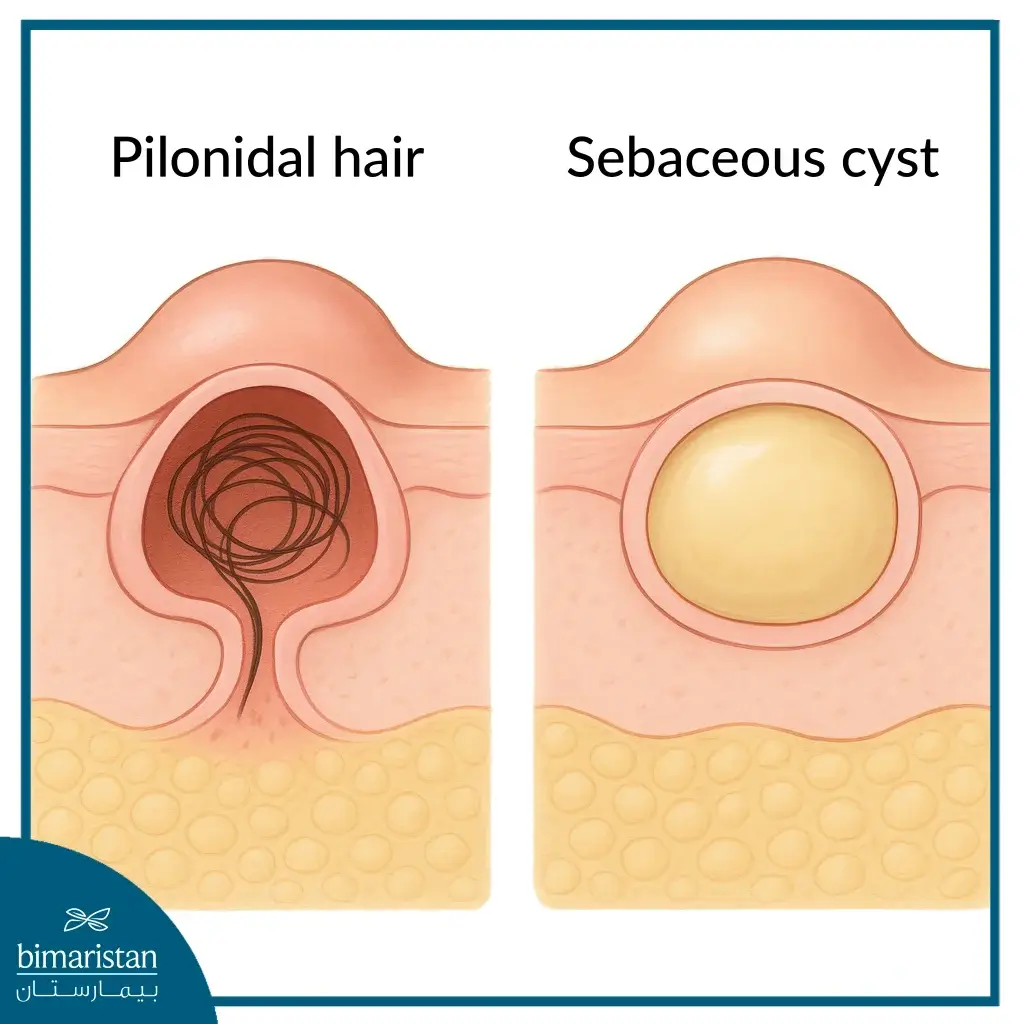
What are the symptoms of a hair cyst?
Any symptoms may not accompany the appearance of a pilonidal cyst, but if the cyst becomes inflamed, several symptoms may appear, the most important of which are:
- Pain sensation: A person may feel pain in the area surrounding the pilonidal cyst.
- Skin swelling: Swelling and inflammation occur in the skin around the pilonidal cyst.
- Pus or blood discharge: Pus or blood may come out from a small opening on the skin’s surface.
- Foul odor: There may be an unpleasant odor accompanying the pus.
Laser Hair Cyst Treatment.
How is a Laser Hair Cyst Treatment Done?
Laser Hair Cyst Treatment begins with a comprehensive patient condition assessment. At this stage, the doctor determines whether Laser Hair Cyst Treatment is appropriate. The next step is cleaning the cavity, which is thoroughly cleaned to ensure the effectiveness of the treatment and reduce the chances of complications.
The presence of pus retention or abscess is an essential factor that requires special attention. In this case, the medical team must take urgent steps to address the situation. It involves an incision in the cyst first to remove the accumulated fluid.
The next phase can only proceed after the pus is removed and the inflammation is adequately treated, as Laser Hair Cyst Treatment is possible. These steps ensure that the procedure is safe and effective, reducing the chances of complications and enhancing the chances of rapid recovery.
Once the cleaning is completed, the laser probe is inserted into the cavity, where the growing hair is treated using laser rays, effectively reducing the problem.
Next, incisions are made, which vary depending on the case. The patient may need one, two, or even a maximum of three incisions, each no longer than 1 cm above the pilonidal cyst. These incisions enhance fluid drainage and help speed up the healing process.
Finally, the incisions are left open without stitches, requiring the patient to adhere to the doctor’s instructions regarding daily cleaning and sterilization of the wound and changing dressings. Weekly medical follow-ups, which may last four weeks or more, are also recommended to ensure complete healing.
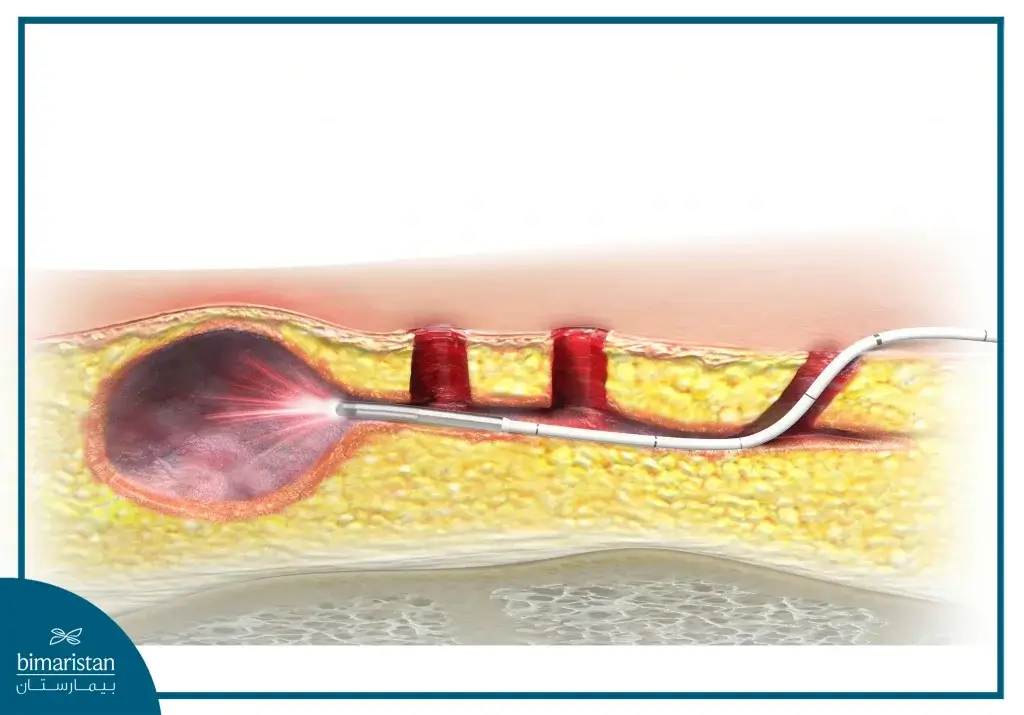
What are the advantages of Laser Hair Cyst Treatment?
There are several methods to remove a pilonidal cyst, the most prominent of which is Laser Hair Cyst Treatment, which has several advantages:
- Laser Hair Cyst Treatment is short, lasting from 10 to 15 minutes.
- Avoids the risks of general anesthesia as it is performed under local anesthesia.
- The size of the scar is much smaller compared to the surgical removal of the cyst.
- Faster recovery and healing without stitches or bandages.
- Less pain and discomfort for the patient.
- Less likely to experience complications such as swelling and infections compared to surgical removal.
- Higher efficiency and lower cost.
- Reduces the likelihood of another pilonidal cyst forming.
This way, Laser Hair Cyst Treatment is done effectively and safely, with attention to necessary care to ensure the best results.
What are the side effects of Laser Hair Cyst Treatment?
Some side effects may appear after completing Laser Hair Cyst Treatment, including:
- Pain: This is the most common effect, as up to 40% of patients may feel it after treatment.
- Infection: In some cases, the wound may become infected, leading to a longer expected recovery period and increased complications.
- Skin burns: The skin may experience minor burns due to the heat of the laser rays.
- Inflammation: Excessive inflammatory discharge may occur in the wound area, requiring medical attention.
These side effects of Laser Hair Cyst Treatment can be minimized by following these tips:
- Adhering to the doctor’s instructions regarding wound care.
- Regularly attending medical appointments.
- Inform the doctor of any abnormal symptoms or worsening of the condition.
Anti-Inflammatory Laser Hair Cyst Treatment
One main factor that prevents Laser Hair Cyst Treatment is inflammation. When inflammation occurs, the cyst becomes a sensitive and vulnerable area, necessitating waiting until the inflammation is completely healed before proceeding with any procedure. Laser Hair Cyst Treatment in the presence of inflammation may worsen the condition and increase the risk of complications.
Other ways to treat a hair cyst
People often believe that the treatment of a pilonidal cyst is exclusively surgical, but there are other methods for removing a pilonidal cyst without surgery. Here are the main methods:
- Incision and drainage: This method is used for small, painless cysts. The doctor makes a small incision and drains the cyst’s contents under local anesthesia.
- Surgical excision: This involves completely removing the cyst and its wall, preventing recurrence. This is done under local anesthesia.
- Simple excision: A small incision is made around the cyst and the cyst is removed using a punch tool suitable for small or sensitive cysts.
- Injection treatment: Steroid injections can be used to reduce inflammation in cysts that are not infected.
How to prevent a hair cyst
It is not possible to completely prevent the formation of a pilonidal cyst, but there are several tips to reduce the likelihood of its appearance, including:
- Maintaining personal hygiene
- Treating obesity, if present
- Avoiding prolonged sitting
- Not wearing tight clothing
- Using hair removal products on areas that may have previously formed cysts
laser treatment for pilonidal cysts is an effective and safe option, reducing the risks associated with traditional surgery and speeding up the healing process. It is essential to consult a specialist to determine the most suitable treatment method and ensure the best outcomes. Maintaining personal hygiene and following preventive tips can help reduce the likelihood of a pilonidal cyst reoccurring.
Sources:
